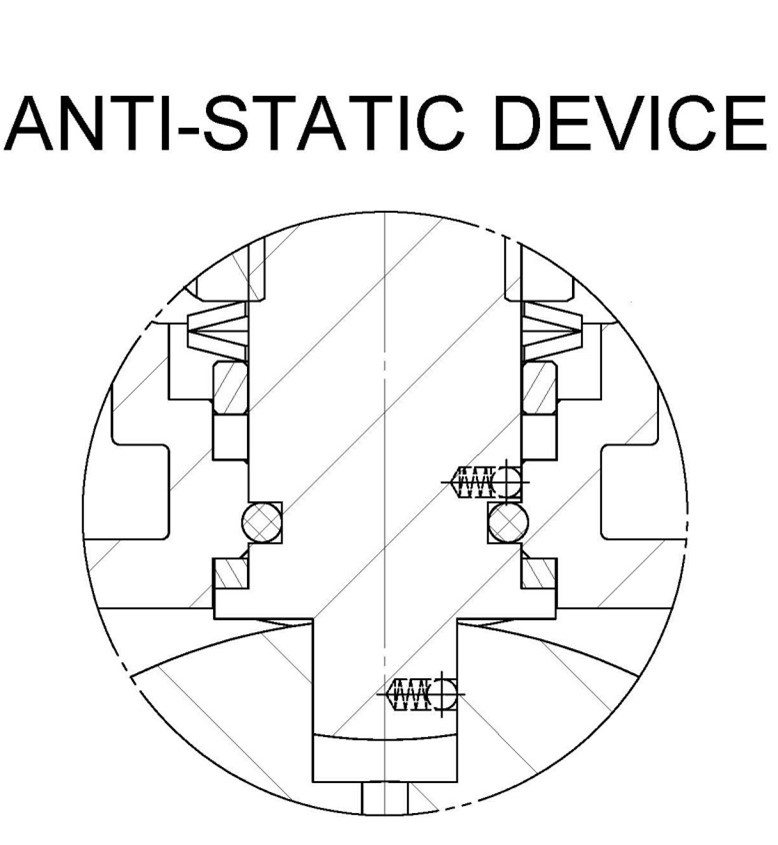[Technical FAQ] What is the anti-static design for ball valve?
The anti-static design for ball valves is a critical safety feature that prevents the buildup of static electricity during valve operation. This optional ball valve design of anti-static are located between the ball and stem, as well as between the stem and body, ensuring that all metal parts of the valve are grounded and reducing the risk of potential fire hazards caused by static charge buildup.
The anti-static design is a critical safety feature in ball valves that helps prevent the buildup of static electricity during valve operation. This optional ball valve design of anti-static are located between the ball and stem, as well as between the stem and body, ensuring that all metal parts of the valve are grounded.
During the operation of a ball valve, the friction between the ball and the soft seat can generate static electricity. This static charge poses a serious risk, as it could ignite inflammable fluids inside the valve, leading to potential fire hazards.
To address this risk, an anti-static device can be incorporated into ball valves. This device, typically consisting of a spring and a stainless steel ball, provides a continuous grounding path from the ball to the stem, and then from the stem to the body and ground. This ensures that any static charge generated during operation is safely discharged, reducing the risk of fire.
n summary, the anti-static design for ball valves is a critical safety feature that can help prevent potential fire hazards caused by static charge buildup. While this feature is optional, it is highly recommended for applications where static electricity buildup is a concern.












